Are you on the fence about sourdough? Do you wonder if it’s too hard or time-consuming for you? In this post I’m debunking four of the most common sourdough myths… and helping you overcome them!
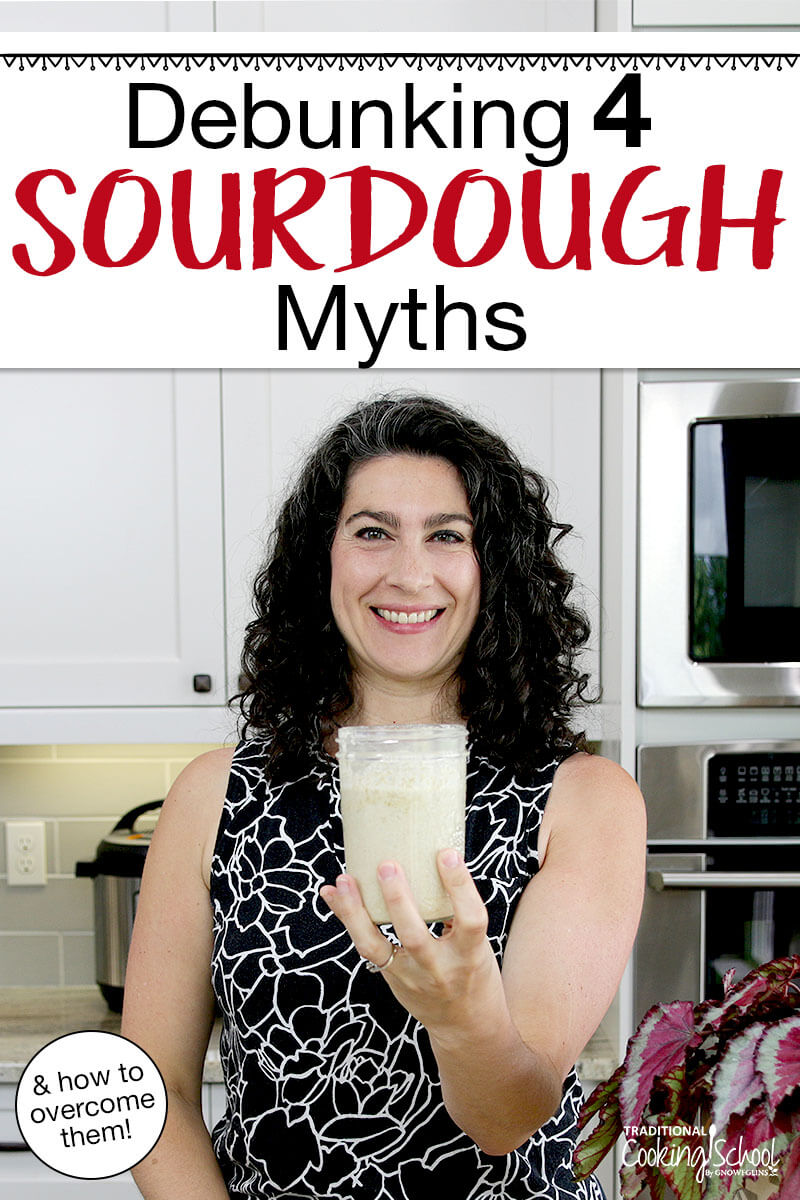
I’ve heard a lot of “reasons” why people delay or decide not to jump in with sourdough. Some or all of them strike me less as reasons … and more like false information or myths. Or even excuses that are really hiding something else… like fear of failure, lack of confidence, fear one’s family won’t like it, etc.
So I thought I’d share some of the “reasons” people give for not getting going with sourdough, then share my thoughts!
Table Of Contents
Debunking Sourdough Myths
Here are four myths that sadly deter people from jumping in with sourdough!
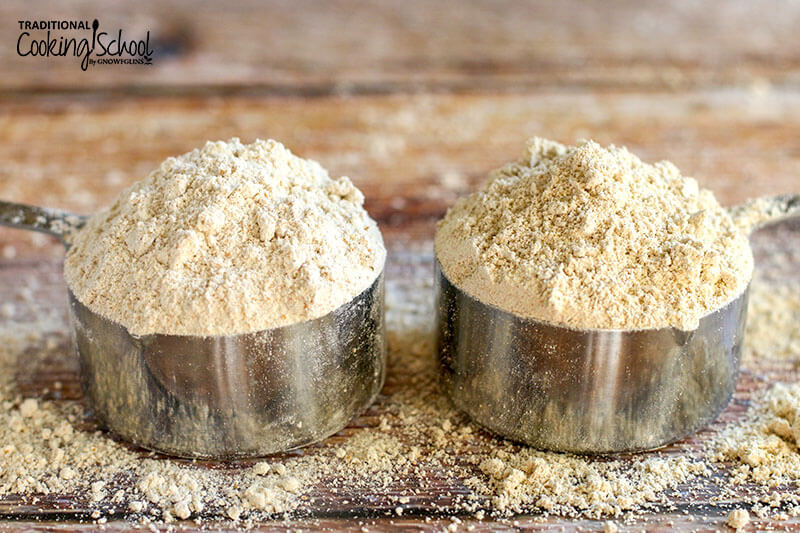
Myth 1 — “I don’t want to waste flour when making a starter.”
Yes, when making a sourdough starter, you have to discard half of it each time you feed it for the first 3 to 5 days. At first glance, this seems like a big waste!
But… this “discard” is just for the first 3 to 5 days when making a sourdough starter from scratch.
And while you do remove it from the starter, you don’t actually have to waste it or throw it away. You can save it up and use it in your baking (adding it to pancake batter is what most people do). It’s not active, mature sourdough starter yet that (it won’t leaven bread or make the rest of the flour in a recipe more digestible), but it is just flour and water. 🙂 Or, you can feed it to chickens or other animals. You can even compost it.
Discarding half its volume for the first few days while making a new sourdough starter is actually the LEAST wasteful way to make a sourdough starter, and quite necessary to make a strong starter. And, you don’t have to waste the flour at all… just use it up in something else!
Then, after the first 3 to 5 days, the starter is considered active. Anything you remove from the starter goes in your recipes… like these 15+ sourdough discard recipes!
Conclusion: FALSE
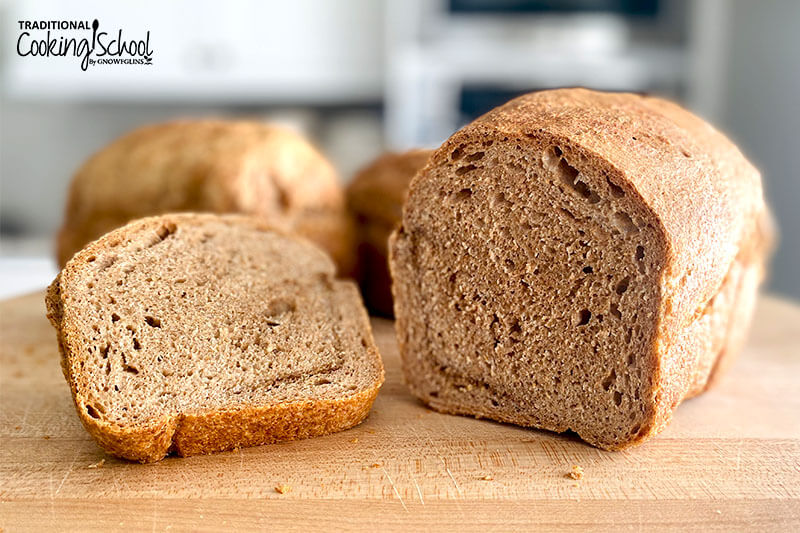
Myth 2 — “I’ve tried before, it didn’t work, and I don’t want to fail again.”
I get this. I’ve made starters that failed. I’ve made bread that failed. But guess what? Who among us hasn’t failed from time to time?
The question is: Do you give up or do you try again? You will succeed only if you try again!
And if you believe that sourdough is healthier (it is) and that homemade will save you money over store-bought versions (it will)… why let a little hiccup derail your whole journey?
In my opinion, the true failure is in not trying again… rather than the bumps along the road.
Conclusion: It’s worth pushing through!
If you’d like help getting going with (or getting back into) sourdough, click here for my easy instructions (free download)! Plus, feel free to peruse our archives!
- How To Make A Sourdough Starter (FAQs, care tips, recipes & more!)
- Why Won’t My Sourdough Bread Rise? How To Know When Your Starter Is Strong Enough For Bread-Baking
- Does Sourdough Bread Get Moldy? +Troubleshooting Dense Sourdough Bread #AskWardee 110
- Is Aged Flour *Really* Better For Sourdough? #AskWardee 122
- The Best & Healthiest Flours For Sourdough #AskWardee 065
- How To Transition A Sourdough Starter To Einkorn #AskWardee 069
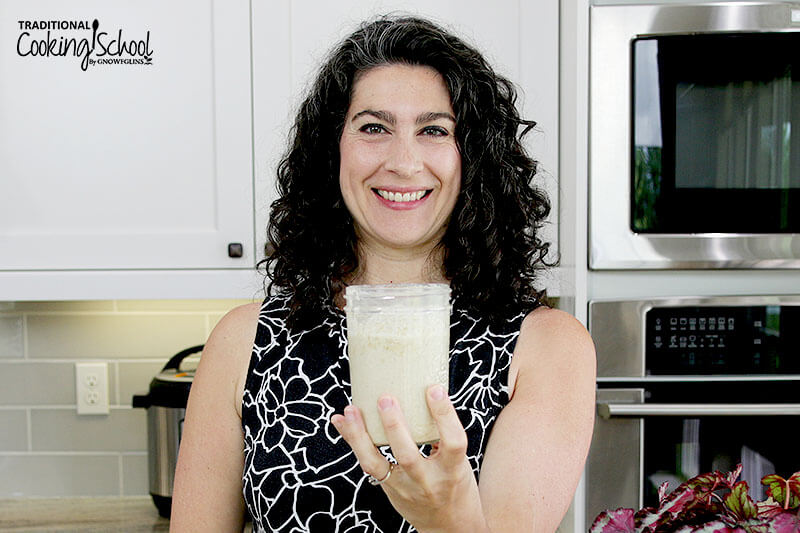
Myth 3 — “I have to feed the starter every day and I don’t have time for that.”
Here we’re talking about when the sourdough starter is established. And actually… you do NOT have to feed it every day!
There are multiple ways to care for a sourdough starter… one of which is to keep it in the fridge for days to weeks at a time, bringing it out and feeding it only when you want to bake with it.
Personally, this is what I do most often. I use my starter about weekly. And in between baking days, I keep it in the fridge, happy and content. Nothing needed from me. If you would like to read more about sourdough routines (daily or weekly), I go into more detail in this post.
So… you don’t have to feed it every day. Sourdough doesn’t have to be time-consuming!
Conclusion: FALSE
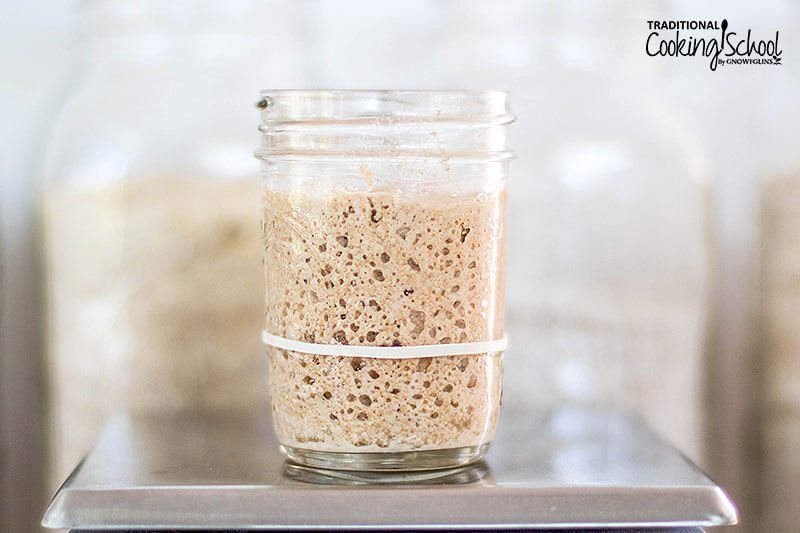
Myth 4 — “If I start doing sourdough, I’ll accumulate gobs of starter from feeding it regularly. Since I don’t bake all that much, I can’t possibly keep up.”
Not only can you store your starter in fridge while not in use (therefore not accumulating ANY extra starter during this time)…
…when you do keep your sourdough starter out at room temperature and give it regular twice daily feedings, you can adjust the size and timing of the feedings so you have just the right amount of starter for whatever baking you do.
In other words, whether you bake a lot or little, you NEVER have to accumulate more starter than you can use. Here’s how I feed my starter “maintenance amounts” so I never have too much, but always have enough!
Conclusion: FALSE
Where to Go From Here
- Sourdough Tips, Troubleshooting & Frequently Asked Questions (KYF092, 167)
- Can I Feed My Sourdough Starter Different Flours? #AskWardee 021
- Can I Use Reverse Osmosis Water For Fermenting, Culturing, & Sourdough? #AskWardee 138
- How To Make A Sourdough Starter (free downloadable training)
- Sourdough recipe archives here at TCS
If you’d like my easy instructions for starting a sourdough starter, click this link and I’ll get you going in 5 minutes a day for 5 days… using ingredients you already have… even if you’ve failed before… and without babying it, worrying about it, or being a slave to it. You’ve got this!
...without giving up the foods you love or spending all day in the kitchen!

2 free books:
Eat God's Way
Ditch the Standard American Diet, get healthier & happier, and save money on groceries...
We only recommend products and services we wholeheartedly endorse. This post may contain special links through which we earn a small commission if you make a purchase (though your price is the same).
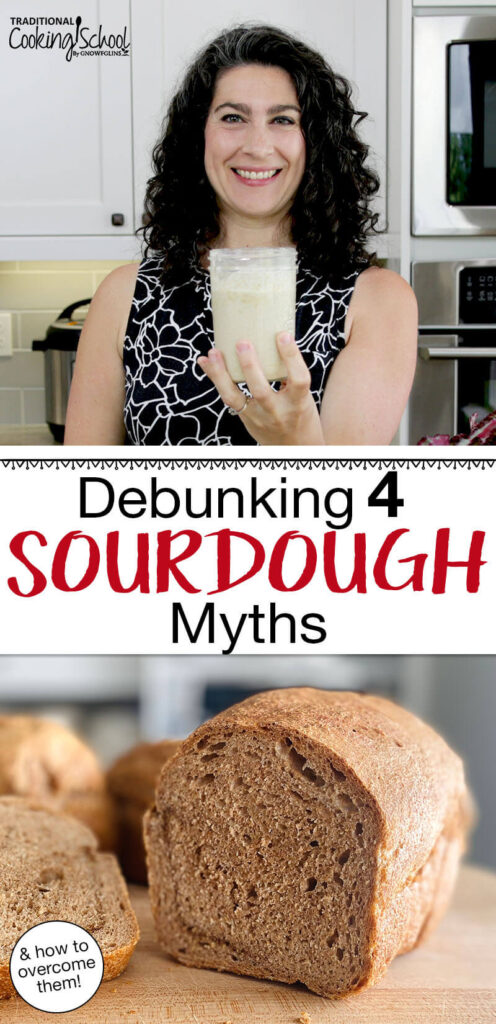
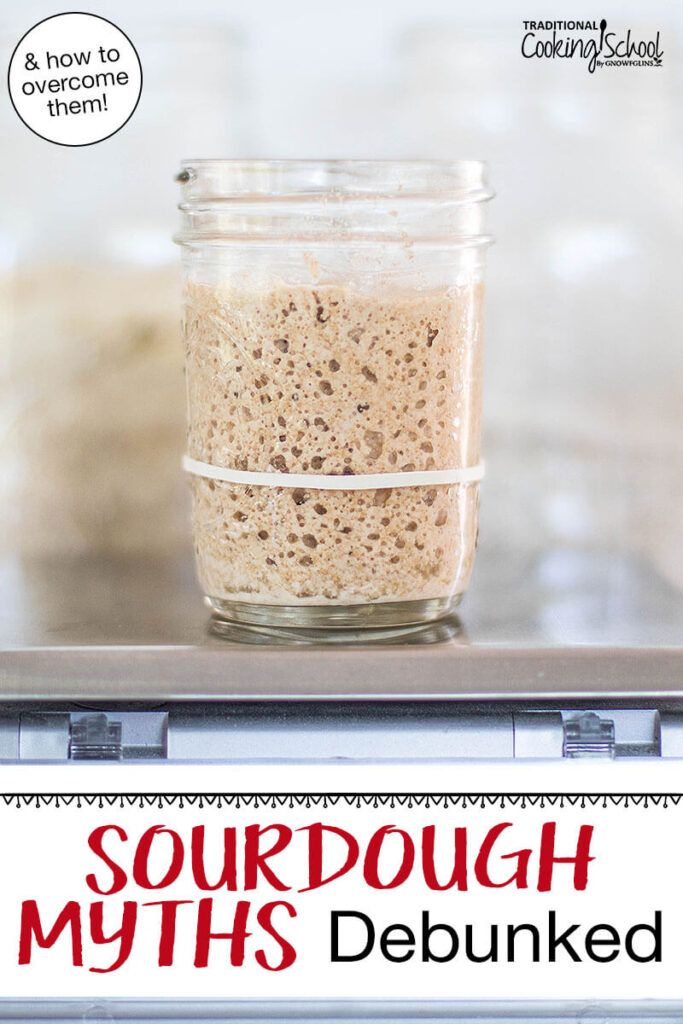
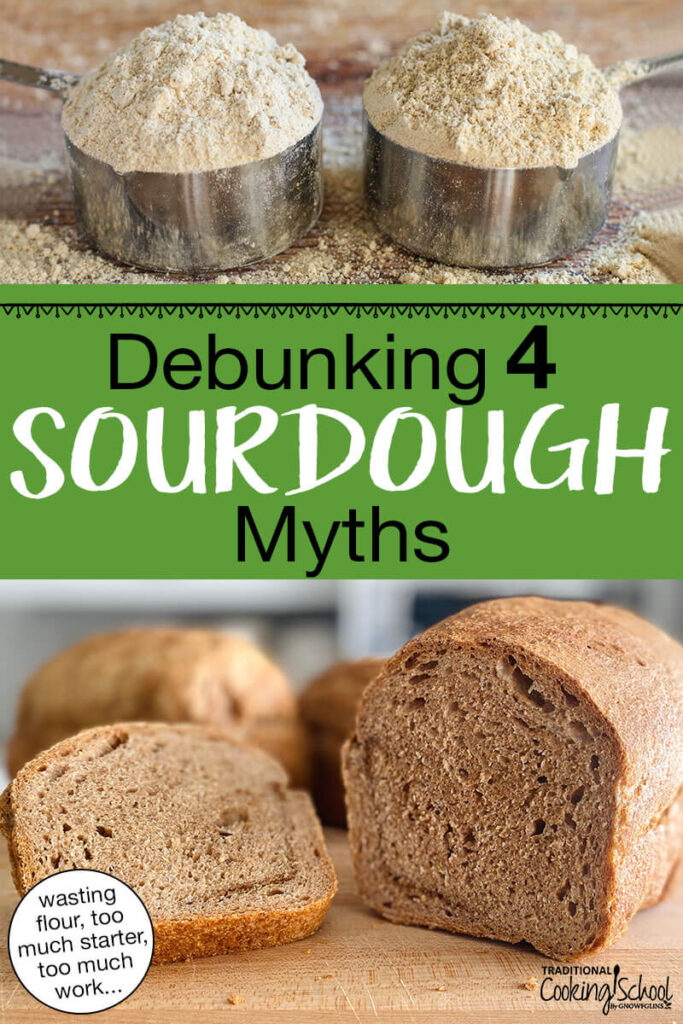
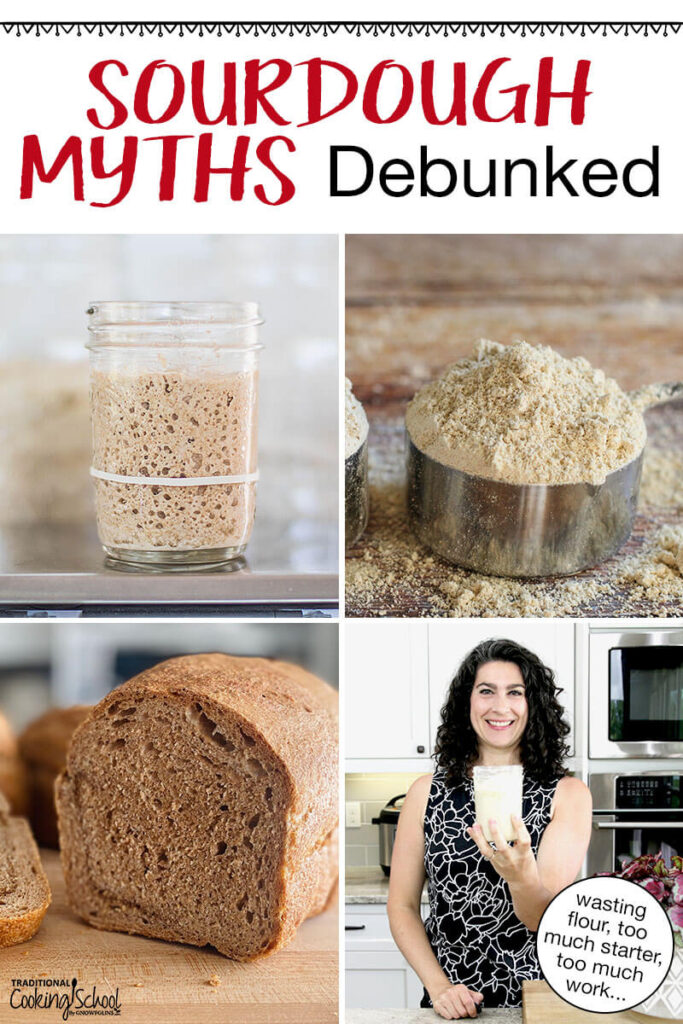
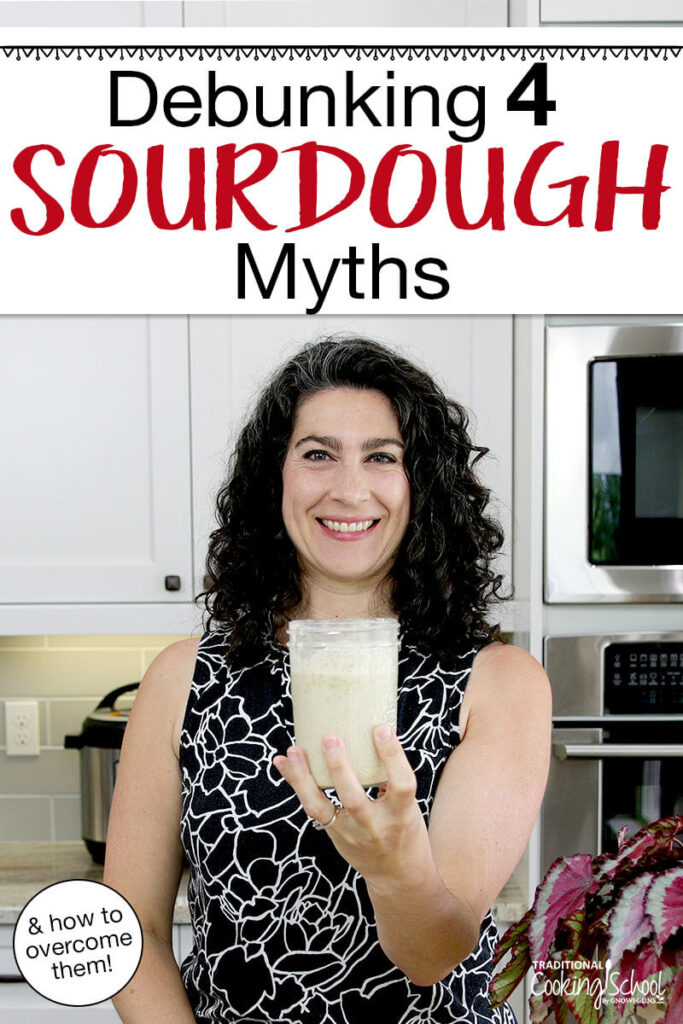


Thank you for creating this content and for sharing this valuable information.
Blessings.